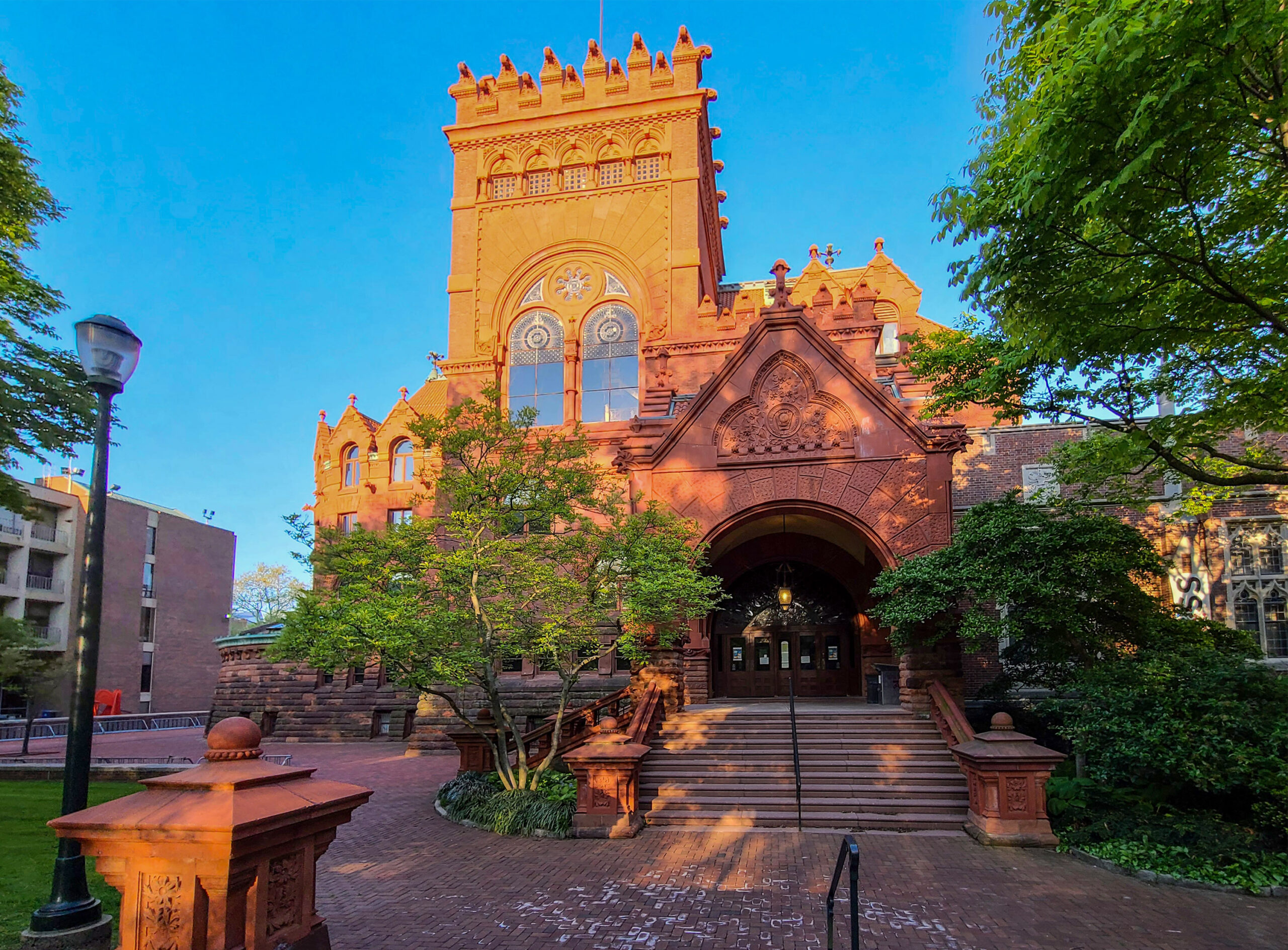Where Philly tech and startups connect.
Find your local innovation community.
Join thousands of innovators, builders, decision-makers and aspiring technologists and entrepreneurs who rely on Technical.ly’s weekly update with all things tech and startup in PHL. In your inbox every Monday.
Check out events, apply for jobs, find people to meet, read the latest news and browse preferred partner services.Technical.ly’s reporting in this ecosystem is supported in part by Comcast NBCUniversal.
Resources for Philly
Greater Philadelphia ecosystem news
This Bucks County startup provides an ‘Iron Man suit’ for veterinarians
Instinct is building what it calls the “nerve center” for large animal hospitals, informed by a founder with emergency vet experience.
latest Biotechnology news
Why Eli Lilly’s new lab is a big win for Philly’s biotech scene
The new location at 2300 Market Street will offer lab space and mentorship to the region’s life sciences startups.
A guide to Greater Philadelphia’s healthtech scene — and a new group to join it
It’s time to start seeing the scene as more than just the “meds,” Chariot Solutions chief marketing officer Tracey Welson-Rossman writes.
How Philly’s BioLattice is making the jump from grants to VC
It starts by weaving together the tech’s potential with how investors will get their money back, founder and CEO Amelia Zellander said on Technical.ly Speaking, our WURD Radio segment.
EDA Tech Hubs get another shot at funding, thanks to a Trump administration overhaul that canceled 6 awards
The Department of Commerce plans to open applications for another funding round this summer and announce awardees in 2026.
Preferred Partners
Each vendor has been vetted, is active in our local markets and contributes to our independent newsroom (through either a client relationship or referral agreement). Connect with a company today. SEE ALL PREFERRED PARTNERS

Ballard Spahr is a national, full service law firm with more than 600 attorneys spread across 15 offices. Our attorneys work with entrepreneurs and emerging companies from ideation through exit and understand how to provide expertise while offering our broad network to help businesses grow and achieve great heights.

J.P. Morgan Chase Startup Banking
J.P. Morgan is committed to being the leading bank of the innovation economy — bringing together founders, investors, startups and high-growth companies. With decades of global experience, a robust professional and venture capital network and scalable money-management solutions.

Comcast NBCUniversal LIFT Labs
Comcast NBCUniversal LIFT Labs connects strategically relevant startups from around the world with Comcast to explore partnerships that impact the ways we work and the products and experiences we deliver to our customers and employees.

Ben Franklin Technology Partners
Ben Franklin leads the region’s equitable economic growth by nurturing and investing in innovative, early-stage companies, and through purposeful involvement in regional and national initiatives.
Grow Philly
How a $100 South Philly experiment grew to a citywide composting movement
Bennett Compost, with 6,500 customers and counting, shows what happens when a small, unique idea takes root in the right community.
Tinker and Trade doesn’t just sell handmade goods — it’s a hub to find community, too
Owner Cassie Torres hosts vendors, events and a cozy place to hang out at the Brewerytown shop.
Grow Philly: 9 small businesses to know in West Philadelphia
Learn about independent companies providing counseling services, historical tours, audio production and more.
Crust Vegan Bakery serves sweets with a side of justice — and it’s expanding to a larger location
A decade ago, Meagan Benz chose Philly as the home of her outspoken bakery. Today, it continues to grow, despite a social climate that often punishes speaking out.
latest Education news
Philly’s Startup Tracker
What’s a startup’s potential for growth and impact on its community — and how does that change over time?
The tracker assigns a RealLIST Score to each company, calculated via proprietary formula using data from industry-standard sources like Crunchbase and PitchBook, plus details from the US Patent & Trademark Office, the Technical.ly Innovation Index and more.























